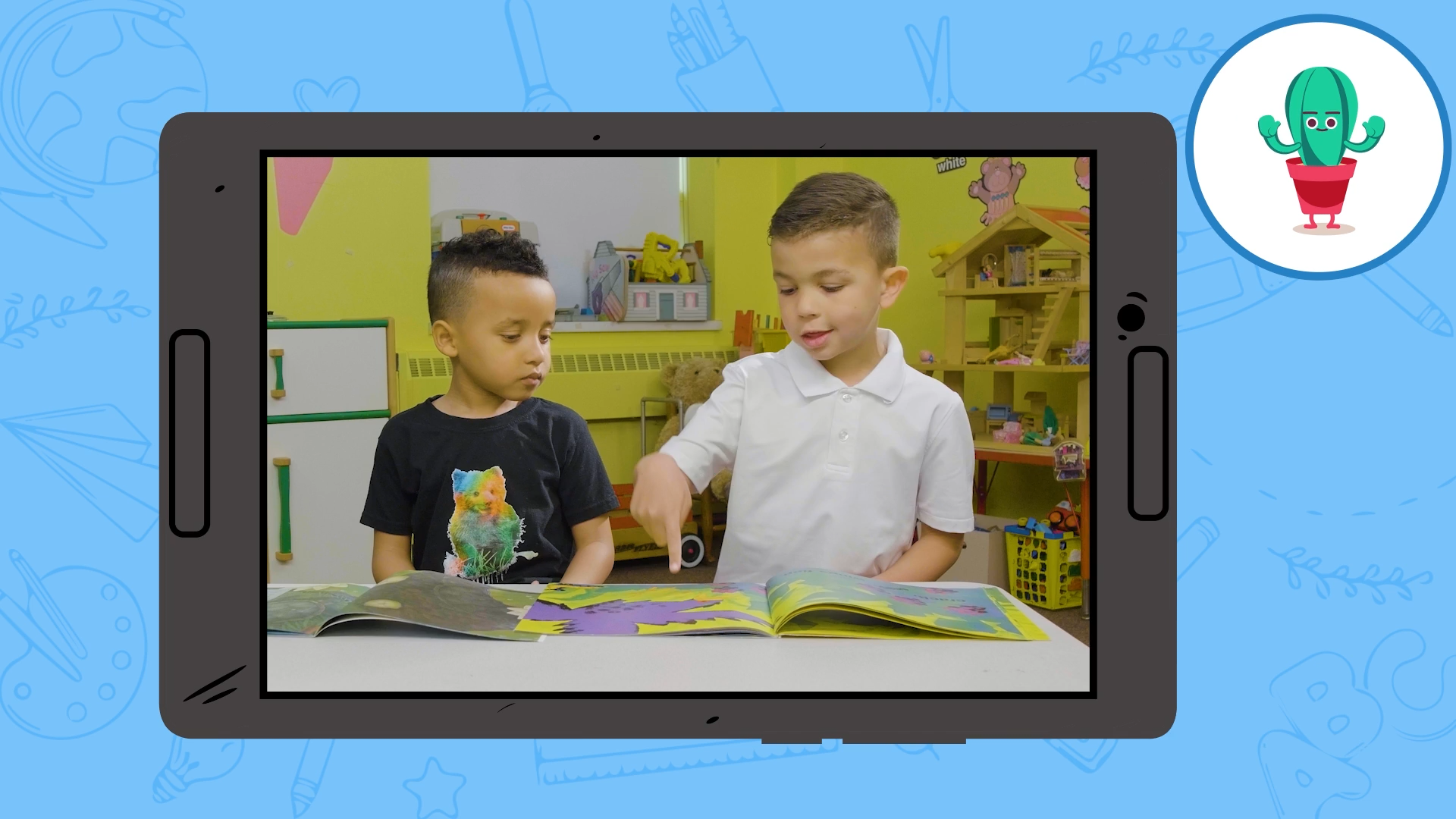Introduction
The way we talk to ourselves plays a crucial role in our emotional well-being. Self-talk is the internal dialogue we have with ourselves, and it can be either positive or negative. Teaching students to use self-talk effectively can help them improve their emotional health and develop essential social-emotional learning skills. This blog post will explore an engaging no-prep activity, discussion questions, and related skills to help educators teach students the power of self-talk.
No-Prep Activity: Color Breathing and Self-Talk
This activity requires no preparation or materials from the educator. It combines color breathing, a mindfulness technique, with positive self-talk. Here’s how to do it:
- Ask students to sit comfortably and close their eyes.
- Guide them through the color breathing exercise by asking them to imagine breathing in calm, blue air and exhaling red, stressful air.
- Encourage students to use positive self-talk while they do color breathing. For example, they can say to themselves, “I feel great today!” or “I am calm and relaxed.”
- Continue the exercise for a few minutes, then ask students to open their eyes and share their experience.
This activity helps students practice self-talk while also teaching them a valuable mindfulness technique for managing stress.
Discussion Questions
After completing the activity, use these questions to stimulate further discussion:
- How did using positive self-talk during the color breathing exercise make you feel? Did it change the way you felt before the activity?
- What are some examples of negative self-talk you’ve experienced? How did it affect your emotions and behavior?
- How can we remind ourselves to use positive self-talk throughout the day?
- Why is it important to practice self-talk regularly?
- Can you think of a situation where using positive self-talk might help you feel better or more confident?
Related Skills
Teaching students the power of self-talk can also help them develop other essential social-emotional learning skills, such as:
- Self-awareness: Recognizing and understanding their own emotions and thoughts.
- Self-management: Regulating their emotions and behaviors to handle stress, control impulses, and achieve personal goals.
- Empathy: Understanding and sharing the feelings of others, which can be enhanced by practicing positive self-talk and developing emotional awareness.
- Communication: Expressing their thoughts and feelings clearly and effectively, which can be improved by using positive self-talk to build self-confidence.
Next Steps
Now that you’ve learned about the power of self-talk and how to teach it to your students, you can further explore social-emotional learning skills by signing up for free samples of these materials and more at Everyday Speech. By incorporating these skills into your classroom, you’ll be helping your students develop the emotional health and resilience needed to thrive in today’s world.











